PDF chapter test TRY NOW
The accidental discovery of radioactivity:
In \(1896\), Henri Becquerel, a French physicist, completed his week's research and put a particular amount of Uranium compound in a drawer for the weekend.
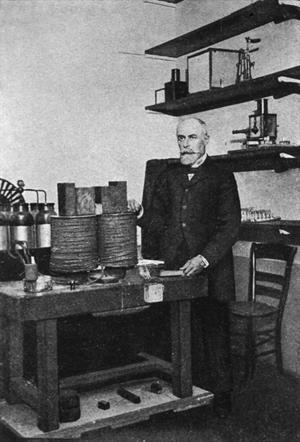
Henri Becquerel
Unexpectedly, there was also an unexposed photographic plate inside the same drawer. He returned after a week and discovered the photographic film had been exposed to some amount of radiation.
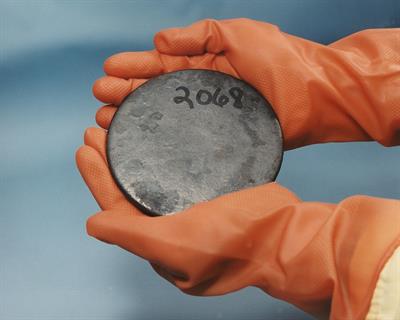
Uranium
Thus, Henri Becquerel found that he could replicate the same effect if he placed Uranium near a photographic film. It was clear that the Uranium emitted something that may alter a photographic plate. Hence, this phenomenon was termed radioactivity, and Uranium was a radioactive element.
Important!
Martin Klaproth, a German chemist, discovered Uranium in a mineral called Pitchblende. This radioactive element, Uranium, was named after the planet Uranus.
Discovery of radioactivity by Curie couple:
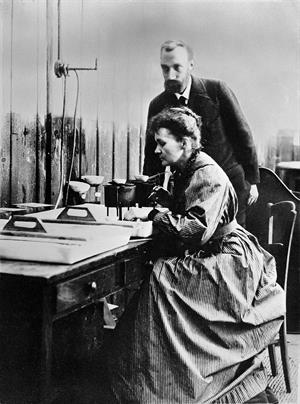
Marie Curie and Pierre Curie
After a couple of years, the Polish physicist Marie Curie and her husband Pierre Curie detected radioactivity in a small black material called Pitchblende.
The radioactivity of Pitchblende was not surprising to them since it was a type of uranium ore. Then, the couple observed that pure Uranium produced more powerful radiation. In addition, Pitchblende was discovered to have a lower Uranium concentration.
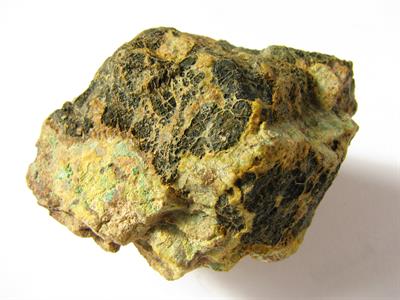
Pitchblende
From all these observations, they finally concluded that Pitchblende contained some other unknown component. They studied the unknown chemical characteristics of the new component and found that after separation from Pitchblende, the new compound had spontaneously emitted radiations, similar to uranium. This new chemical substance was named 'Radium'. These kinds of radioactive elements produce hazardous, radioactive radiation such as alpha, beta, and gamma rays.
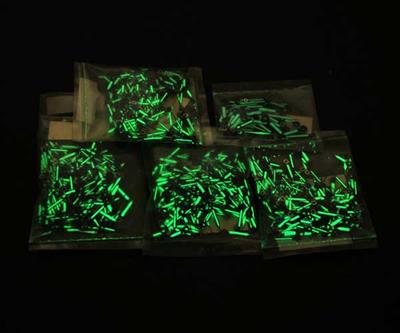
Radium
Reference:
https://upload.wikimedia.org/wikipedia/commons/b/b6/Becquerel_in_the_lab.jpg
https://upload.wikimedia.org/wikipedia/commons/e/ea/Pierre_and_Marie_Curie_at_work_in_laboratory_Wellcome_L0001761.jpg
https://upload.wikimedia.org/wikipedia/commons/1/16/Pitchblende%2Bzippeite01.jpg
https://upload.wikimedia.org/wikipedia/commons/3/32/Radium_2.jpg
